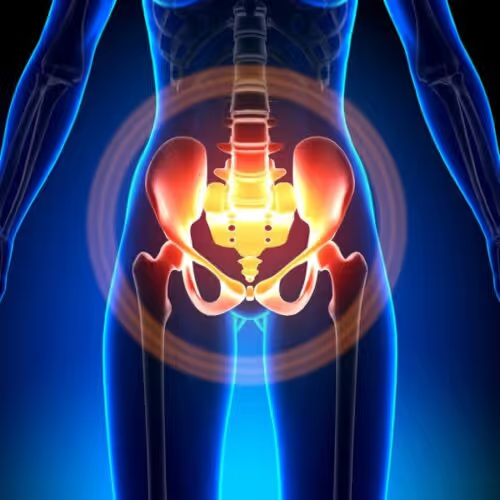
Lower back pain is an incredibly common problem that affects tens of millions of Americans each year. A very high percentage of hospital emergency department, as well as primary care physician office visits, are because of chronic lower back pain. Lower back pain affects all races, all genders, and people of all ages. Sedentary and overweight people are at a much greater risk of suffering from this problem.
Despite billions of dollars being spent on the problem, there doesn’t seem to be any decrease in the incidence or prevalence of this troubling medical epidemic. One plausible reason for this is that we haven’t been utilizing the correct remedy. The most common treatment for chronic back pain is medications, massage therapy & physical therapy. Ask any chronic back pain sufferer about the effectiveness of these treatments and you will hear a range of comments from “it helped, but after a while, the pain came back” to “I didn’t get much of any relief at all”. Why is this? Why do so many people continue to suffer day in and day out?
One of the primary causes of chronic lower back pain is an uneven, unlevel pelvis. The pelvis is composed of two large bones and a smaller bone in the center (the sacrum). There is a very little movement that occurs in the joint where these bones meet (the sacroiliac joint, aka the “SI joint”). An athletic young person may have as much as one to one and a half degrees of total joint motion. However, for most people, there is hardly any motion whatsoever. Rather than independent movement between these three bones, the pelvis instead moves as a solid block. It can tilt from side to side and front to back. The pelvis can also rotate right and left.
The problem occurs is when the pelvis tilts or rotates in a certain way and then stays fixed in that position. When this occurs, supportive connective tissues become short or weak and serve to hold the pelvis in that position. When the pelvis becomes misaligned like this, it sets the stage for chronic SI joint pain as well as lumbar spine pain.
The lumbar spine is positioned on top of the sacrum. When the pelvis is tilted or rotated, it creates biomechanical stress on the rest of the spine. In particular, there is a shearing or twisting effect on the lumbar spine (the lower back). This problem can be so pronounced that on an x-ray, the spine appears to have scoliosis.
What can be done to fix an unlevel pelvis? Certainly taking drugs won’t resolve the problem. Exercise doesn’t realign the spine. In fact, exercising on an uneven pelvis may cause more harm than good. It would be the equivalent of continuing to hammer on a bent nail. The most effective thing you can do for an unlevel pelvis is to get it balanced. You must re-align the spine, sacrum & pelvis in order to minimize biomechanical stresses and strains on the joints and supporting soft tissues.
Chiropractic adjustment is a time-tested therapy for re-aligning the spine. I utilize a combination of chiropractic adjustments, laser, decompression & spinal rehabilitation. The most effective treatment for balancing the pelvis is chiropractic adjustment. If you have chronic lower back pain, you need to have your pelvis checked. Getting your pelvis balanced will offer amazing, long-lasting relief.
Our mission is to be Pittsburgh’s top center for chronic conditions, specializing in chiropractic care and functional medicine. We provide innovative, non-invasive treatments that address root causes, helping patients achieve lasting wellness.
© Copyright 2012 - 2024 | CHRONIC PA | ALL RIGHTS RESERVED